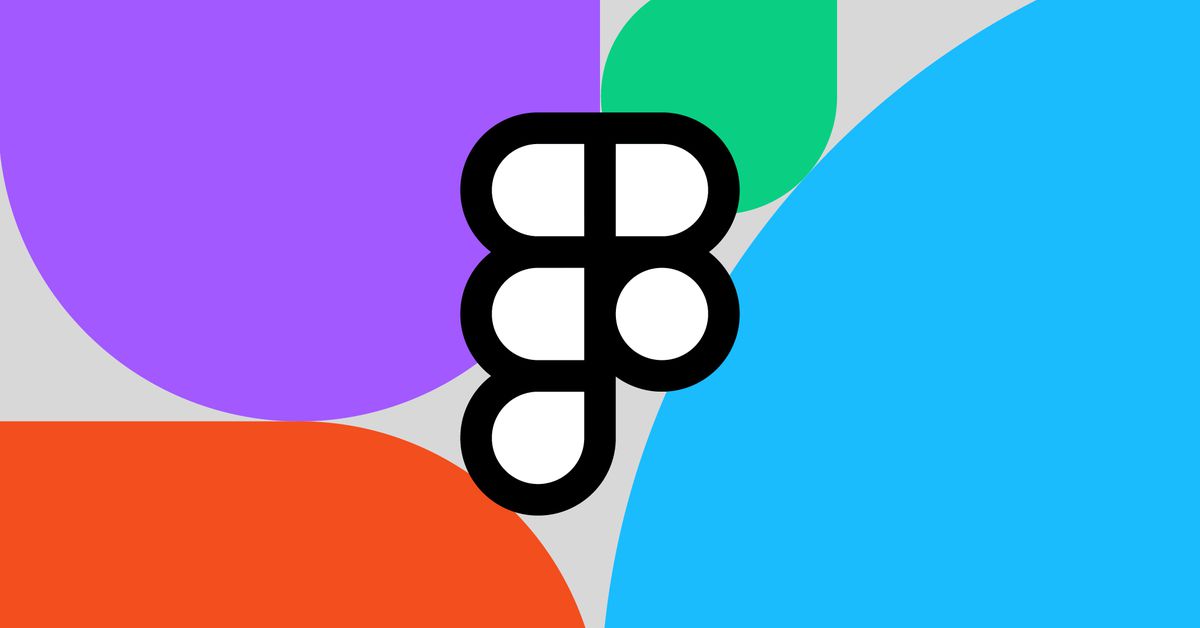Figma’s new Make Designs tool lets users quickly create apps using generative AI. Now, the tool has been pulled after it produced designs that looked strikingly similar to Apple’s iOS Weather app. Figma CEO Dylan Field posted a thread on X early Tuesday morning detailing the removal, blaming himself for pushing the team to meet a deadline, and defending the company’s approach to developing its AI tools.
In posts on X, Not Boring Software CEO Andy Allen showed how accurately Figma’s Make Designs tool created near-copies of Apple’s weather app. “A word of caution to designers using the new Make Designs feature: thoroughly review existing apps or modify the results so you don’t unknowingly get into legal trouble,” Allen wrote.
In an interview with Figma CTO Kris Rasmussen on Tuesday, I asked him point-blank whether Make Designs had been trained on Apple’s app designs. His answer? He couldn’t say for sure. Figma wasn’t responsible for training the AI models it used at all.
“We didn’t do any training as part of the generative AI features,” Rasmussen said. The features are “driven by off-the-shelf models and a custom design system that we commissioned, which seems to be the underlying issue.”
That’s generally consistent with what he said on X on Monday in response to a user who suggested that Make Designs was trained on existing apps. “As we shared when we launched Figma AI last week, there was no training as part of this feature or any of our generative features,” he wrote. “We’re investigating how much of the similarity is a function of the third-party models we’re using versus the design systems we’ve contracted the models to use and will address this as appropriate.”
Field said in his own thread that the Make Designs feature “is not trained on Figma content, community files, or app designs” and noted that “the allegations around data training in this tweet are incorrect.” He said that one problem with the company’s approach is that “the variability is too low.”
The primary AI models powering Make Designs are OpenAI’s GPT-4o and Amazon’s Titan Image Generator G1, Rasmussen said. If it’s true that Figma hasn’t trained its AI tools but is still spitting out Apple app lookalikes, that would suggest that OpenAI or Amazon’s models were trained on Apple’s designs. OpenAI and Amazon did not immediately respond to a request for comment.
Rasmussen argued that Figma didn’t want to provide training to improve its features until it was open with its users about its AI training policy, which it also introduced last week. Under that policy, users have until August 15 to decide whether to allow their content to be used for Figma’s training. (Starter and Professional plans are enabled by default, while Organization and Enterprise plans are disabled by default.)
I asked if Figma plans to train its own models — which, given the company’s new AI training policy, seems like something that’s coming. “We certainly see opportunities to really fine-tune your design workflows by learning to design these models in the context of Figma,” Rasmussen said. “However, we’re going to take steps to ensure that our own models or any fine-tuning we do with open-source models are only learning general design patterns and specific Figma design concepts, so that they can be better tools for professional designers.”
I also asked Rasmussen how Figma plans to improve its processes to detect potential issues in the future. “We’re reviewing the custom design system to make sure it has enough variation and meets our quality standards,” he said. “That’s the root cause of the issue. But we’re going to take extra precautions before we turn it back on.” [Make Designs] to ensure that the entire function meets our quality standards and is consistent with our values.”
Rasmussen also pointed out that Make Designs is in beta. “Betas are by definition not perfect. But it’s safe to say, as Dylan shared in his tweet, that we simply didn’t catch this particular issue. And we should have.”
Rasmussen said Figma expects to re-enable Make Designs “soon.” Other Figma AI features remain in beta. (To access any of Figma’s AI features, you’ll need to join a waitlist.)
Figma is the latest company to come under fire for its approach to bringing AI into its creative tools. Adobe was forced to clarify that it wouldn’t use your work to train its AI after backlash over changes to its terms of service. And Meta was forced to change its AI labels after photographers complained that the old label was being incorrectly applied to real photos.
